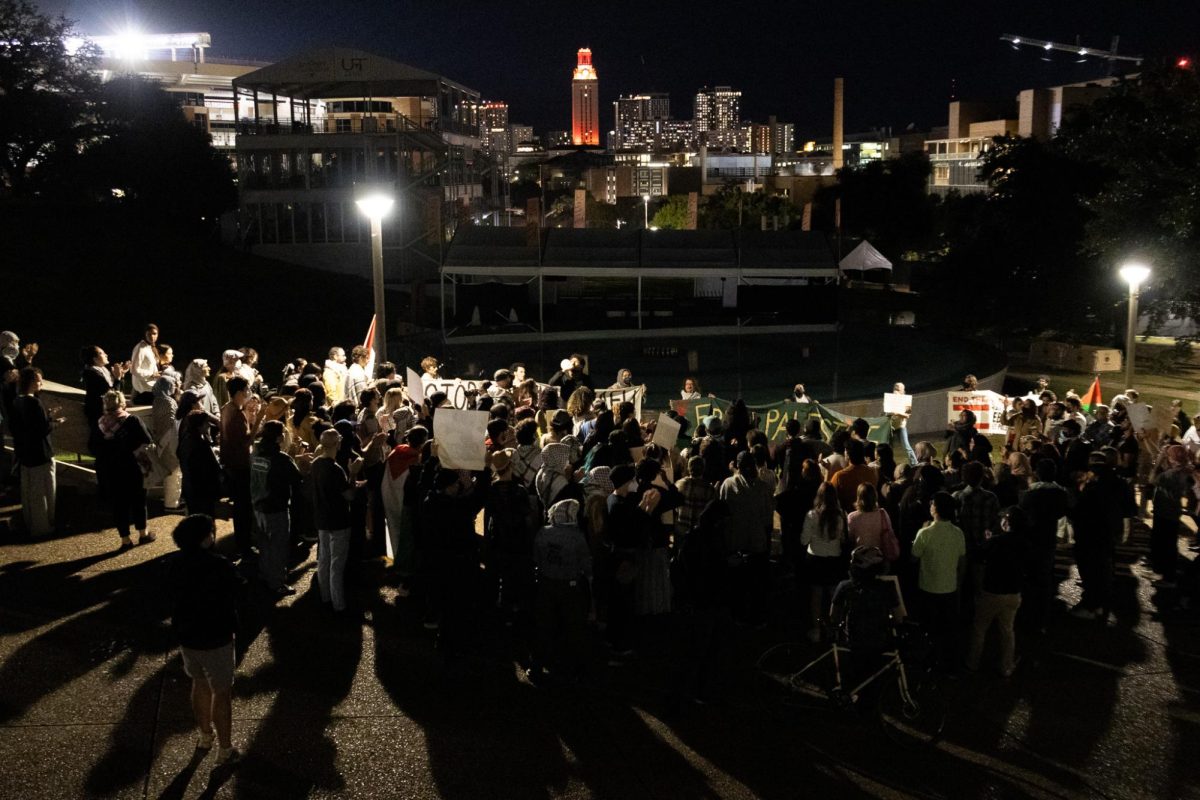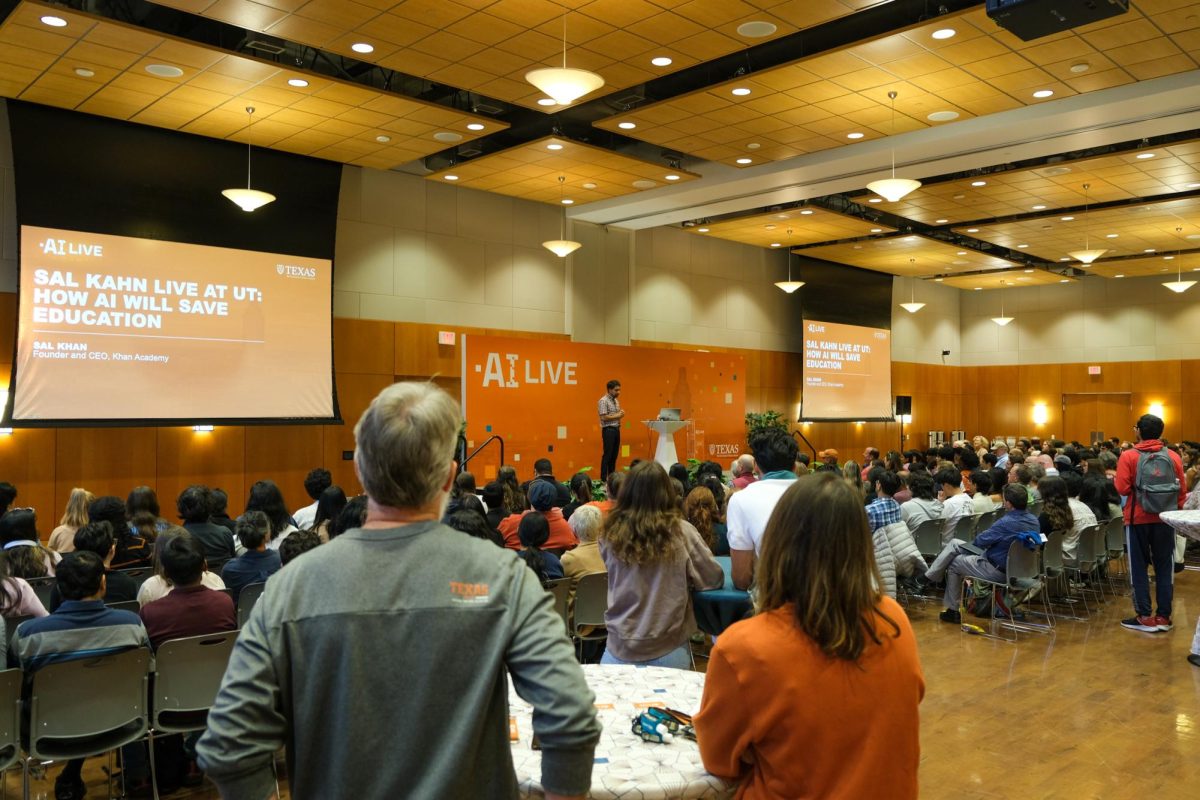The Harry Ransom Center, UT’s humanities research library and museum, will officially house all of Arthur Miller’s manuscripts, personal letters and journals.
The University announced the $2.7 million purchase of the renowned playwright’s archive last Wednesday. Spanning Miller’s entire career, the archive contains insights into Miller’s personal life and work, including his prize-winning plays “The Crucible” and “Death of A Salesman.”
“For years to come, all primary-source research into this major American playwright’s life and work will begin here,” Ransom Center director Stephen Enniss said in a press release.
The Ransom Center already owned 13 boxes of Miller’s play drafts and held more boxes for storage at Miller’s request. But since Miller’s death in 2005, the future of the archive was called into question by the Miller estate, according to The New York Times.
Enniss told The New York Times the Ransom Center had tried to acquire the rest of Miller’s papers in 2014, but the estate’s agency “never meaningfully engaged in a negotiation.” Instead, the Miller estate considered moving Miller’s archive to Yale University’s Beinecke Rare Book & Manuscript Library in 2015 after Yale offered $2.7 million for it.
With $2.7 million of non-tuition university funds and donations and a letter from Miller requesting that his archive go to Texas, UT secured Miller’s papers place at the Forty Acres.
“With the acquisition of the Arthur Miller archive by the Harry Ransom Center, UT continues to be a leader in the arts and humanities,” UT President Gregory Fenves said in a press release.
Professor and historian Charlotte Canning said having Miller’s full archive at UT elevates the status of the University but also ensures that Miller’s archive will be more accessible to scholars. Split archives require scholars to travel in order to see and discuss materials with expert curators and librarians.
“It really is incredibly crucial that, when possible, an archive be kept in one place,” Canning said. “It really strengthens the work that comes out of it and our ability to assess and understand our past because all those materials are there and in conversation with one another.”
Along with playwright Tennessee Williams, whose archive the Ransom Center also holds, Miller is responsible for transforming 20th century U.S. theater and literature, Canning said.
“Almost every high school student reads (‘The Crucible’),” Canning said. “(The archive) allows us to look at the creative process in a robust way and see what had an impact on the artist.”
Canning helped organize the Ransom Center’s 2007 exhibition “Rehearsing The American Dream: Arthur Miller’s Theater,” which included materials from Miller’s archives. Access to Miller’s archive will become limited while the Ransom Center organizes the materials, but they will be available for research in two years.
Laura Baggs, a performance theater graduate student, used Miller’s play drafts to help put on UT’s 2017 production of “The Crucible.” But Baggs said Miller’s personal journals could also shed light on people Miller was close to, such as his third wife, Marilyn Monroe.
“I would go back to Miller’s archive and search for information about (Monroe) for fun,” Baggs said. “I’m most interested in seeing Miller’s human relationships.”


















